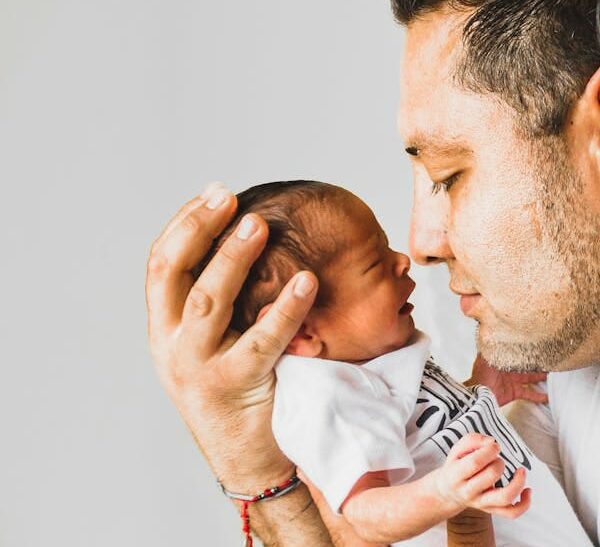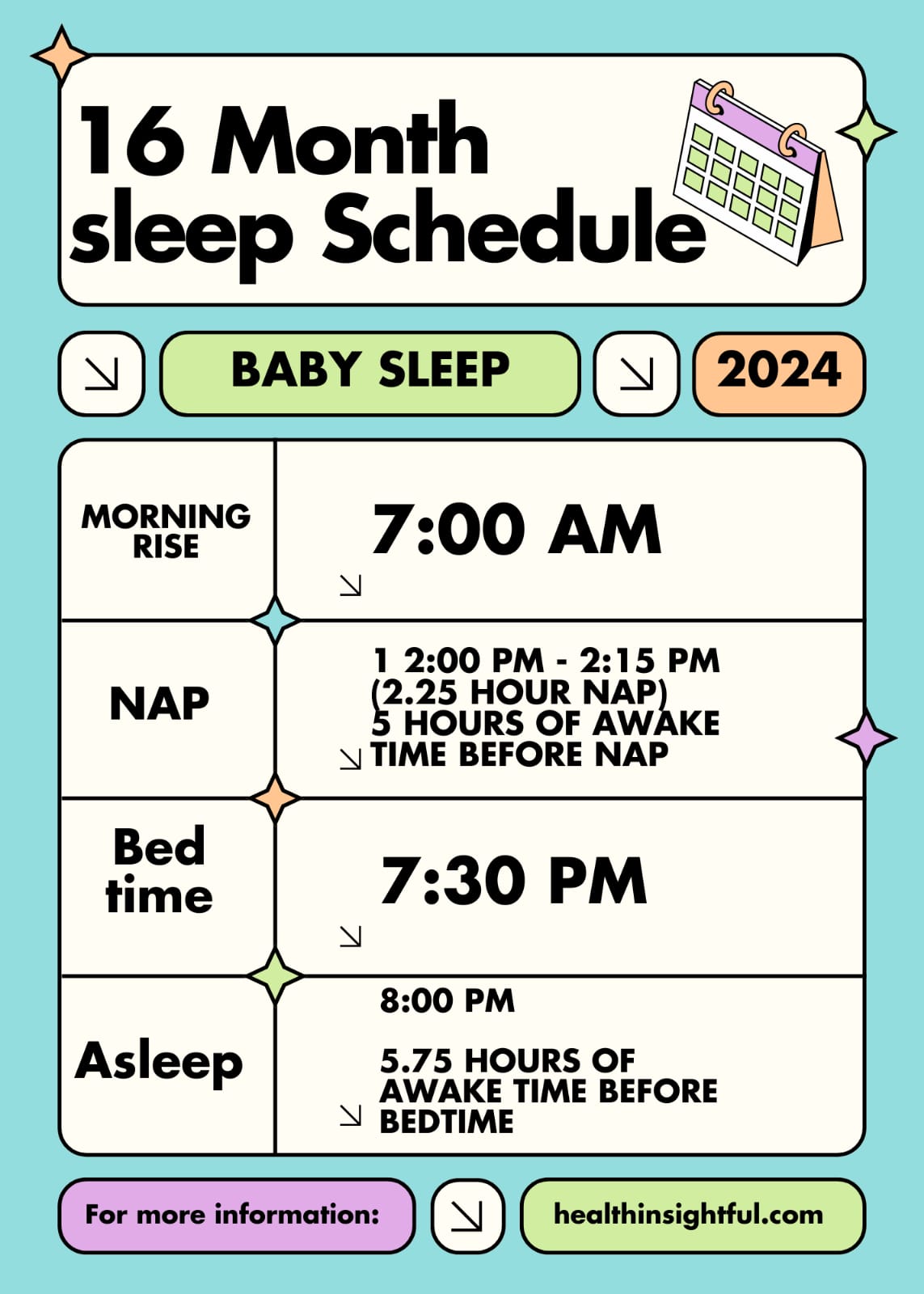Sleep training is a process that teaches babies how to fall asleep by themselves and sleep through the night. Yet, even as traditional sleep training often employs methods of leaving a baby crying, also known as “cry it out,” many parents are seeking gentler ways to approach this segment of healthy development without such distressing moments of prolonged crying. This guide will walk you through a method of gentle sleep training that you may attempt with the goal of letting both you and the baby get more rest, while nurturing a safe and loving environment for them.
What is Gentle Sleep Training?
The strategy for the gentle sleep training is, therefore, teaching the baby to fall asleep independently using techniques that would bring about a minimal level of distress and upset but comfort and reassurance. These are often gradual techniques which enable parents to answer their baby’s needs while at the same time ushering them softly into independent sleep.
This means teaching your baby gradually to self-soothe, so that they can fall asleep at bedtime and settle back to sleep following the nighttime wakings, without needing you to spend a lot of time with them.
Benefits of Gentle Sleep Training
- Reduces Stress for Baby and Parents: Methods applied in gentle approaches reduce the stress and anxiety that could come along with traditional sleep training approaches.
- Encourage a secure attachment: attending to your baby’s needs and teaching him or her to sleep on his own creates a close relationship between the parent and the child.
- Progressive procedure: these methods allow you to proceed progressively and gradually without imposing any sudden changes on the baby.
Gentle Sleep Training Techniques
Following are some of the functional gentle sleep training techniques that shall guide your baby to sleep correctly:
1. The Chair Method
The chair method is among those gradual sleep training techniques that get your baby to sleep by gradually removing the presence of the parent. This will gradually help your baby get used to sleeping alone securely.
How It Works:
- Put the chair beside the crib or bed that your baby has to sleep in.
- Sit in the chair while your baby falls asleep; this is to comfort or reassure him when needed.
- Each night the chair goes further and further away from the crib until you are out of the room.
- Extra reassurance can be given through verbal reassurance or light touches but try not to pick up your baby.
Pros:
- Gives reassurance to babies who have difficulty being separated from the parents.
- This technique lets you be close to your baby while he or she gets used to falling asleep independently .
Cons:
- The technique may take longer in comparison to other techniques.
- This takes time and lots of consistency, most especially when the baby resists the gradual withdrawal.
2. Pick-Up/Put-Down Method
The pick-up/put-down method is when you comfort your baby after he has gotten upset but still allows them to try falling asleep on their own. This is ideal for parents who do not want to hear their babies cry for an extended period.
How It Works:
- Put your awake but sleepy baby into their crib.
- If your baby starts crying, then you take them out and calm them until they are no longer upset.
- Put your still awake baby into the crib.
- Follow the steps described above until your baby falls asleep.
Pros:
- Pacifies your baby because their needs will have been met but comforted.
- Your baby will relate the crib with sleeping.
Cons:
- This takes time and mostly when you’re starting.
- Can be a nuisance in situations where, by continually trying this with it, one’s baby simply will not stop crying.
3. The No Tears Method
The no-tears method is such that a presleep routine and a sleep environment have to be developed in ways that could reduce stress and subsequent crying. This method, on the contrary, may not require you to leave your baby to cry but rather try to manage a smooth transition of your baby towards sleeping independently.
How It Works:
- Bed time has to be a smooth transition: bathtime, storytime and cuddle.
- Put the baby in his bed when he or she is relaxed and sleepy but still slightly awake.
- Stay with him; comfort the baby until such a time that the baby gets to sleep.
- Over time, reduce your interfering role in his or her sleeping process to give the baby an opportunity to fall asleep with minimal interference.
Pros:
- This cuts down on much crying on both parts.
- It offers positive sleep association since the child is comforted through soothing routines.
Cons:
- The progress will be more gradual compared to other methods of sleep training.
- It also takes consistency and plenty of patience not to create sleep associations.
4. Ferber Method with Soothing Intervals
You can adapt the Ferber method to make the technique so much easier on the parents: you simply shorten the intervals you let your baby cry. In this modification, you extend the time before comforting but more frequently than in using the original Ferber method.
How It Works:
- Put your baby down awake but drowsy.
- After the baby starts crying, wait a little time-after that you can go in and comfort him or her.
- You can pat your baby, talk a few soothing words, or sing a short lullaby to reassure your baby, but don’t pick him or her up.
- After that, lengthen the amount of time at each check-in gradually-for example, 5 minutes, 7 minutes-until your baby falls asleep.
Pros:
- Your baby learns to self-soothe into sleep while being comforted by you.
- Faster results compared to some of the other gentle approaches.
Cons:
- Some crying involved may be too much for sensitive babies and parents.
- A very rigid schedule and routine will be needed to implement this effectively.
Key Principles for Effective Gentle Sleep Training
Whatever one uses, there is, after all, some common ground on which parents would base their gentleness in training the babies to sleep. Based on practical experience, the following are some things to consider:
1. Consistency Is Key
Being consistent with your approach is the key to making gentle sleep training work. Babies love routine, and doing the same method each night helps them understand what to expect from you next. Be it the chair method, pick-up/put-down, or no-tears approach, it’s important that you see the plan through consistently.
2. Establish a Soothing Bedtime Routine
A bedtime routine is normally soothing, and this helps your baby distinguish between playtime and time for sleep. Normally, a warm bath is soothing, and a lullaby or gentle rocking indeed creates the perfect, optimal sleep environment. For an hour before your baby goes to bed, try as much as possible not to stimulate your baby with activities, screen time, and bright light.
3. Sleep-Friendly Environment
Put your baby to sleep in a sleep-friendly environment. A dark, quiet room with a comfortable temperature of about 68-72°F promotes a good sleep for your infant. If necessary, use white noise or blackout curtains so that nighttime disruptions do not interfere with your baby’s sleep.
4. Be Patience and Flexible
Sleep training is a gradual process; your baby will take time to get used to the new routines. Be patient and flexible with the methods of implementing gentle sleep training techniques into your methods. If your baby seems really distraught, that’s all right; you can always hit the pause button and try again at a later time. Every baby is different, and finding just the right mix of support and independence is important.
5. Consider Your Baby’s Developmental Stage
Keep in mind your baby’s age and stage of development when you want to start sleep training. Teething, growth spurts, periods of sleep regression-these are not very good times to change up new ways of sleeping. You would not want to start sleep training then, or give them a bit more comfort until they get settled again.
When to Seek Help
Seek emergency from a pediatrician or sleep consultant if gentle sleep training techniques do not tend to improvement in several weeks, or if the sleep problems of your baby hurt his or her wellness. Some underlying health conditions, including reflux and sleep apnea, possibly require medical treatment. A sleep specialist can give personalized advice to you and assist in troubleshooting.
Final Words
Parent-led and gentle sleep training techniques teach healthy sleep to babies while putting a cap on stress and tears. Finding a technique that works in harmony with your approach to parenting, while weaving in the essential sleep principles, will work effectively to help your baby sleep more soundly and let you enjoy those restful night times. Gentle sleep training can set the foundation for a lifetime of good sleep with patience and consistency.










